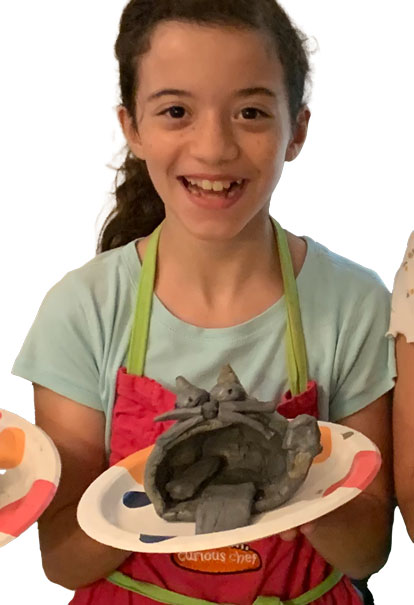
What will children learn in Spanish & Clay?
Students will learn basic Spanish vocabulary through the practice of ceramics.
The focus of the course is to teach three different techniques of hand building ceramics, not to memorize the new vocabulary.
The class is in English and introduces new words and phrases in Spanish each day. For example, greetings and farewells, shapes and colors, numbers and sizes, names of the parts of the body, etc.
Children will learn how to make different shapes, how to join the pieces and how to use
under glazes, glazes and acrylics for finishing their pieces.
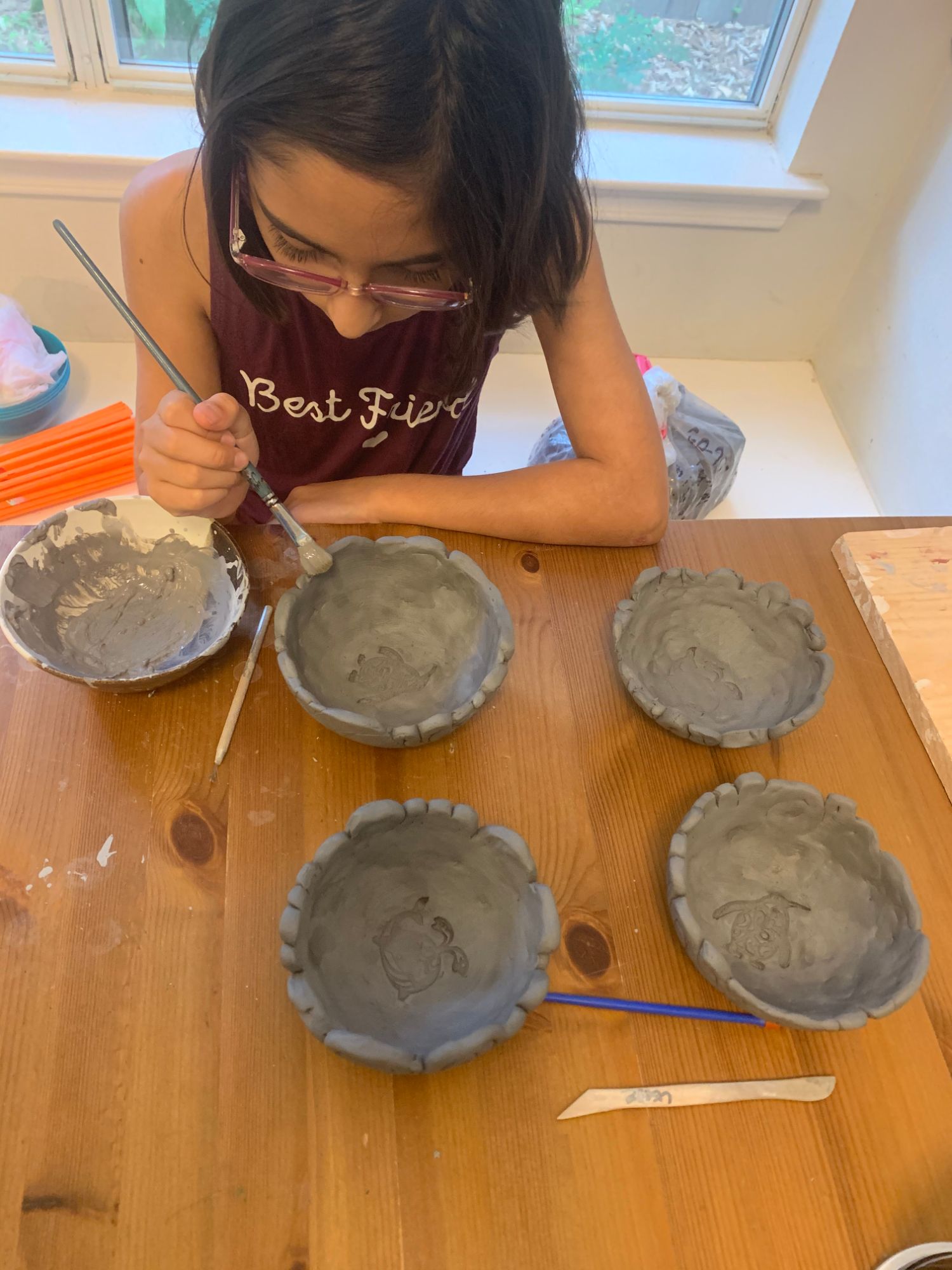
Art and learning a second language using CLIL method
Art is the perfect medium for language learning because it allows kids to explore and learn new vocabulary without the stress of being perfect.
Second language acquisition is even stronger and more natural when it
occurs in an immersive environment.
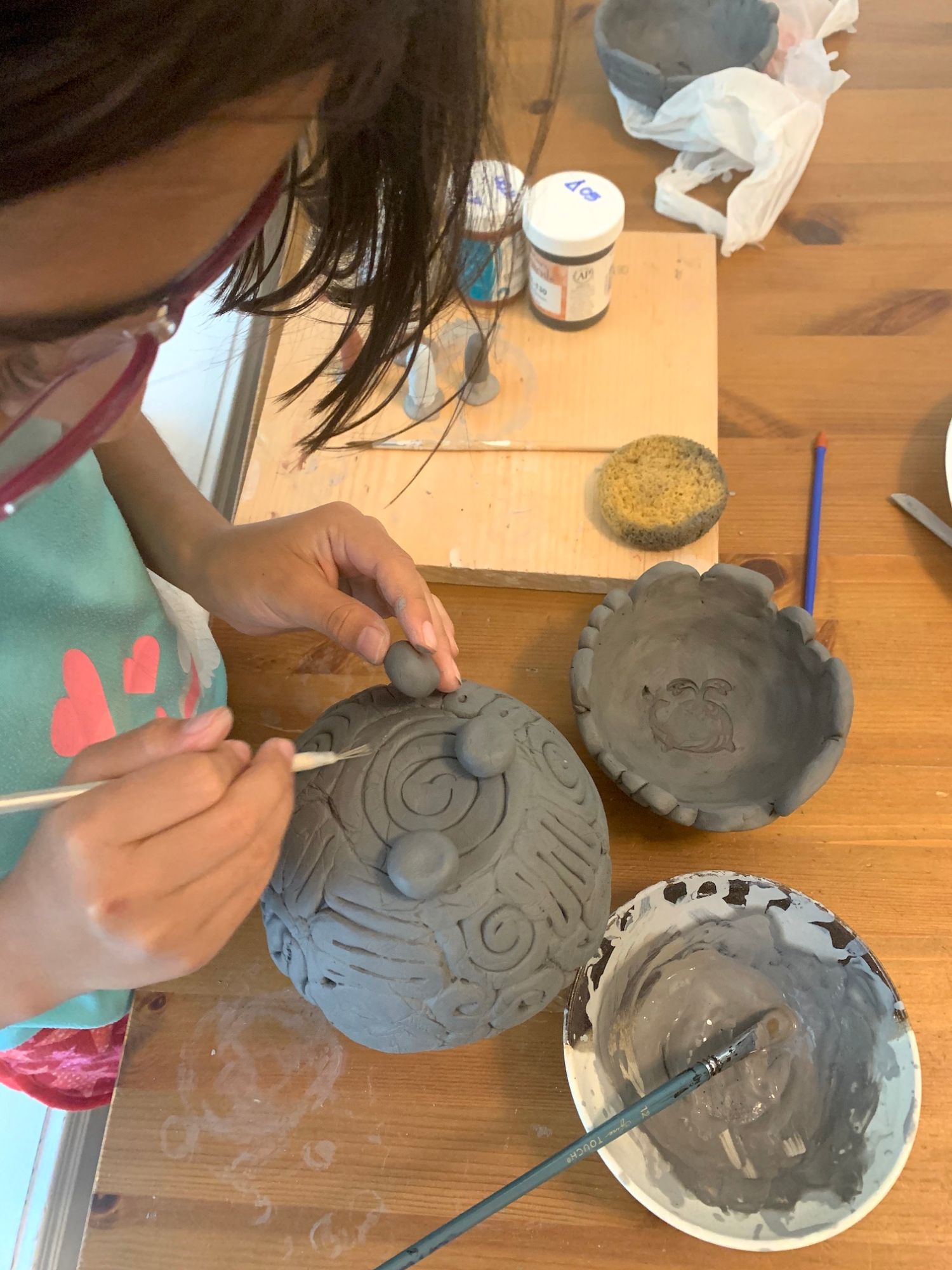
What is CLIL?
CLIL stands for Content and Language Integrated Learning. Quite simply, it is the teaching of subjects to
students through the use of a target language—that is, a language different from their mother tongue.
The term “CLIL” is generally credited to Professor David Marsh from the University of Jyväskylä, in Finland.
The European Commission has decided to promote the training of teachers in this methodology.

Why learn Spanish through ceramics?
We use Spanish as a vehicle to help kids explore their creativity. They feel like they are playing with clay and colors. This takes pressure off them by shifting their focus from speaking the language correctly to exploring
the beauty of the creation of ceramics.
For teenagers, this helps relieve some of the pressure and self-consciousness that they feel when speaking in another language. It helps younger children
remember the language because it is related to something they like or want to explore further.
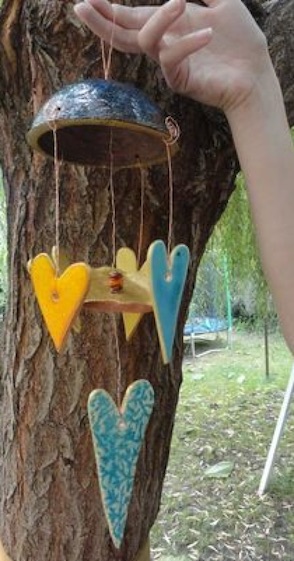
The Benefits of Ceramics
Clay can captivate a child’s interest for hours, and it has a calming effect.
Making pottery improves:
Creativity
Motor Skills
Sensory Development
Self-esteem
Problem solving in a safe environment
It
is the type of experience that leaves a lasting impression on their lives and helps their development without sacrificing fun.
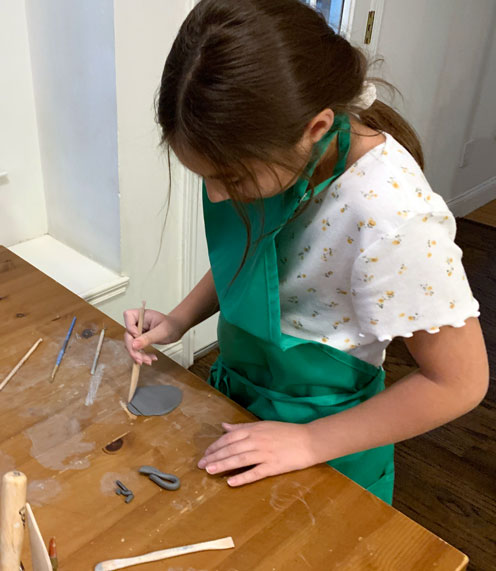
Perfections is not the goal - creation is the goal
Perfection is not the goal of pottery class. Creation is the goal, and it does not matter how many steps it takes to achieve it. Clay is easy to handle and more forgiving than other art forms. It does not
run off the page like watercolors or require sticky glue to work.
Children quickly realize they can mess up their projects and keep going. Their self-esteem grows as they realize that they can create something fun and beautiful with only their hands.